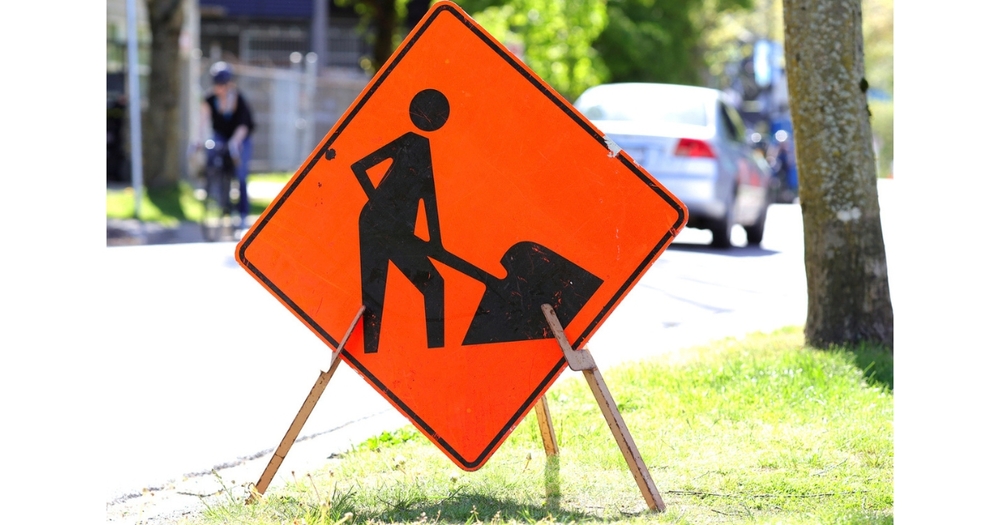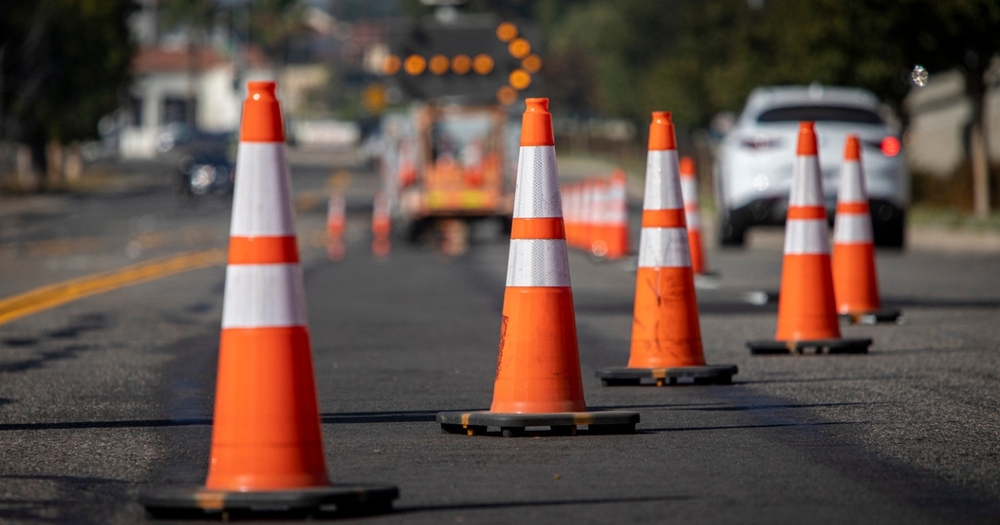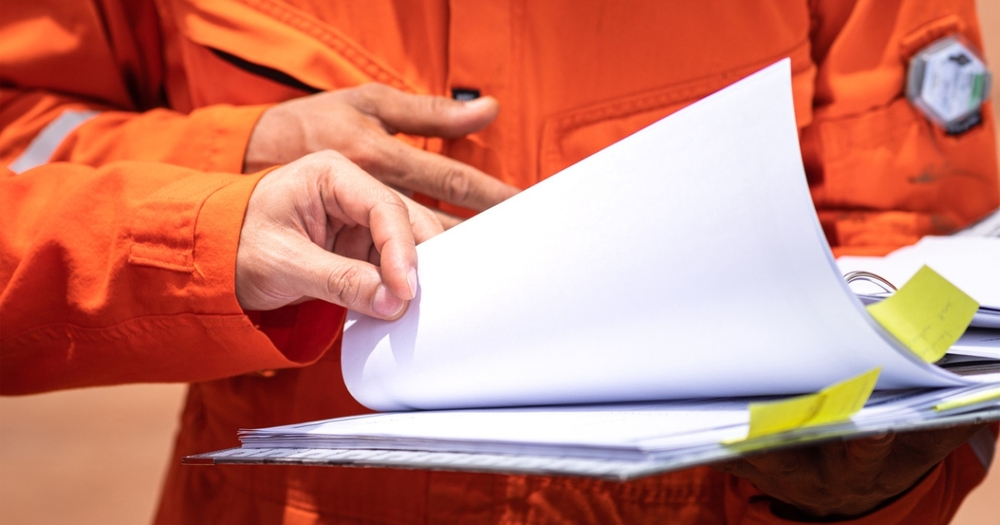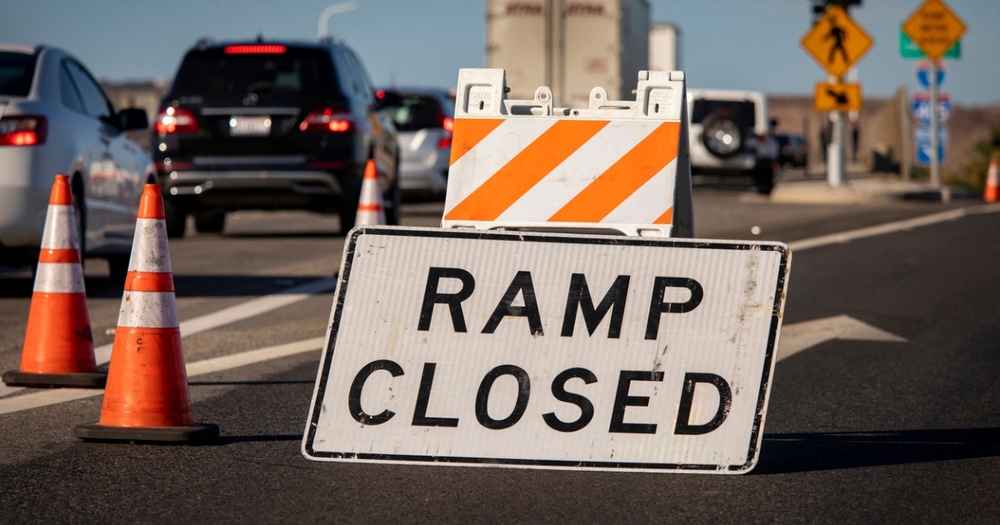
Are you a construction manager looking for a solution to protect workers and maintain safety at your job site?
Keeping workers safe on the job is critical in any construction setting. Traffic control plans are an effective way to mitigate these hazards, but it can be difficult to ensure everyone understands and follows them. That’s why having effective signage, traffic control equipment, work zone protections, flagging, lighting and training can make all the difference when it comes to creating safe routes and maintaining safety at your site.
With Baseline Equipment’s traffic control supplies you get everything you need for exceptional visibility for your team. Doing this increases worker awareness of potential danger zones on the jobsite allowing site personnel more time to focus their attention on other tasks instead of worrying about keeping workers out of harm's way!

Traffic safety equipment plays a crucial role in keeping our roads safe and organized. These supplies come in various forms, each designed for a specific use. Some of the most common traffic control devices include traffic cones, barricades, and signs.
Traffic cones are perhaps the most recognizable device, used to divert traffic around any roadwork or hazards on the road. These cones are typically brightly colored and highly visible, ensuring that drivers can spot them from a distance. Whether used on a busy highway or a quiet residential street, traffic control devices help to keep everyone safe and minimize the risk of accidents.
Traffic paddles and flags are particularly helpful for directing traffic during roadwork or emergency situations. Traffic paddles come in various sizes and colors, making them an essential tool for controlling traffic flow.
Roll-Up road signs, which come in different bases and materials, such as vinyl, mesh, reflective, and non-reflective, are portable and flexible, allowing them to be set up quickly in different locations. Reflective signs are incredibly useful at night as they can easily be seen in low light conditions.
Mesh signs are great for windy areas as they have a lower wind resistance. Vinyl signs, on the other hand, can withstand harsh weather conditions and are often used for long-term projects. Signs made with non-reflective materials are ideal for private roads or low traffic areas where visibility is not a significant concern.
Road barriers such as barricades or crash cushions serve as physical barriers to redirect vehicles away from work zones and protect workers from potential collisions. Barricades are an essential component of traffic control plans and are used to block off specific areas or guide drivers through a specific route. They can be made of plastic, steel, or concrete and are highly visible with reflective strips for nighttime use. Barricades not only protect workers but also prevent unauthorized access to restricted areas.

As a driver, navigating construction zones can be a daunting task with all the orange cones and detour signs. But for the traffic safety workers responsible for these areas, it's about much more than just setting up cones and holding signs. Federal, state, and local rules and regulations are in place to ensure that everyone is safe and properly informed while passing through construction zones.
At the federal level, traffic safety crews must adhere to regulations set by OSHA (Occupational Safety and Health Administration) regarding the use of personal protective equipment, visibility requirements, and other safety protocols. Meanwhile, each state may have its own specific training requirements for traffic workers that incorporate local laws and regulations. Finally, cities and municipalities may have additional rules in place, such as requiring special permits for road closures and diverting traffic. By following all of these regulations, traffic safety crews help keep everyone on the road safe and prevent accidents.Those working in these areas undergo extensive training to understand the legal requirements for traffic safety, such as properly directing traffic or handling materials.
Signs and other traffic safety equipment that are not visible are not only useless but also hazardous, leading to confusion or accidents. To ensure signs remain visible, regular cleaning is necessary. This involves removing dirt, bird droppings, and grime that accumulate on the sign surface affecting legibility. In areas where signs are exposed to extreme weather conditions and sunlight, the signs may fade or crack over time. Regular inspections and repairs of these signs are necessary to maintain usability. Without proper maintenance, signs can lead to confusion or even accidents, negating their intended purpose. Always prioritize sign maintenance requirements to ensure visibility and usability, and invest in new equipment when older materials become worn out.
Ensuring compliance with regulatory bodies can be a complex and challenging task. Here are some key tips that can help maintain a high level of compliance:
Some key components of an effective Traffic Management Plan are:

Traffic flow dynamics involve understanding how vehicles and pedestrians move in different situations, including normal conditions and during disruptions such as construction work. Factors affecting traffic flow include the speed and volume of vehicles, road layout, weather conditions, and driver behavior. Understanding these dynamics can help predict how changes in the road environment, like the start of construction work, will affect traffic flow.
Construction activities can significantly impact traffic flow. For example, lane closures or narrowed lanes can reduce the road's capacity, leading to congestion. Construction vehicles entering and exiting the site can disrupt the flow of traffic. Additionally, drivers may slow down to watch the construction activities ("rubbernecking"), further reducing the speed of traffic. Understanding these impacts is crucial for planning effective traffic management strategies.
There are several strategies that can minimize the disruption of construction activities on traffic flow:
Construction signage is crucial for maintaining safety and smooth traffic flow in and around construction zones. The main types of construction signs include:
Maintaining safety and compliance in and around construction zones requires a proactive and comprehensive approach. From developing a solid traffic management plan, understanding traffic flow dynamics, strategizing to minimize disruption, and using proper signage, all elements play a vital role. Regular inspection and maintenance of signage, along with appropriate training programs for personnel, are also essential components. By taking these measures, we can ensure the smooth flow of traffic, the safety of construction workers, and the minimization of inconvenience to the public.